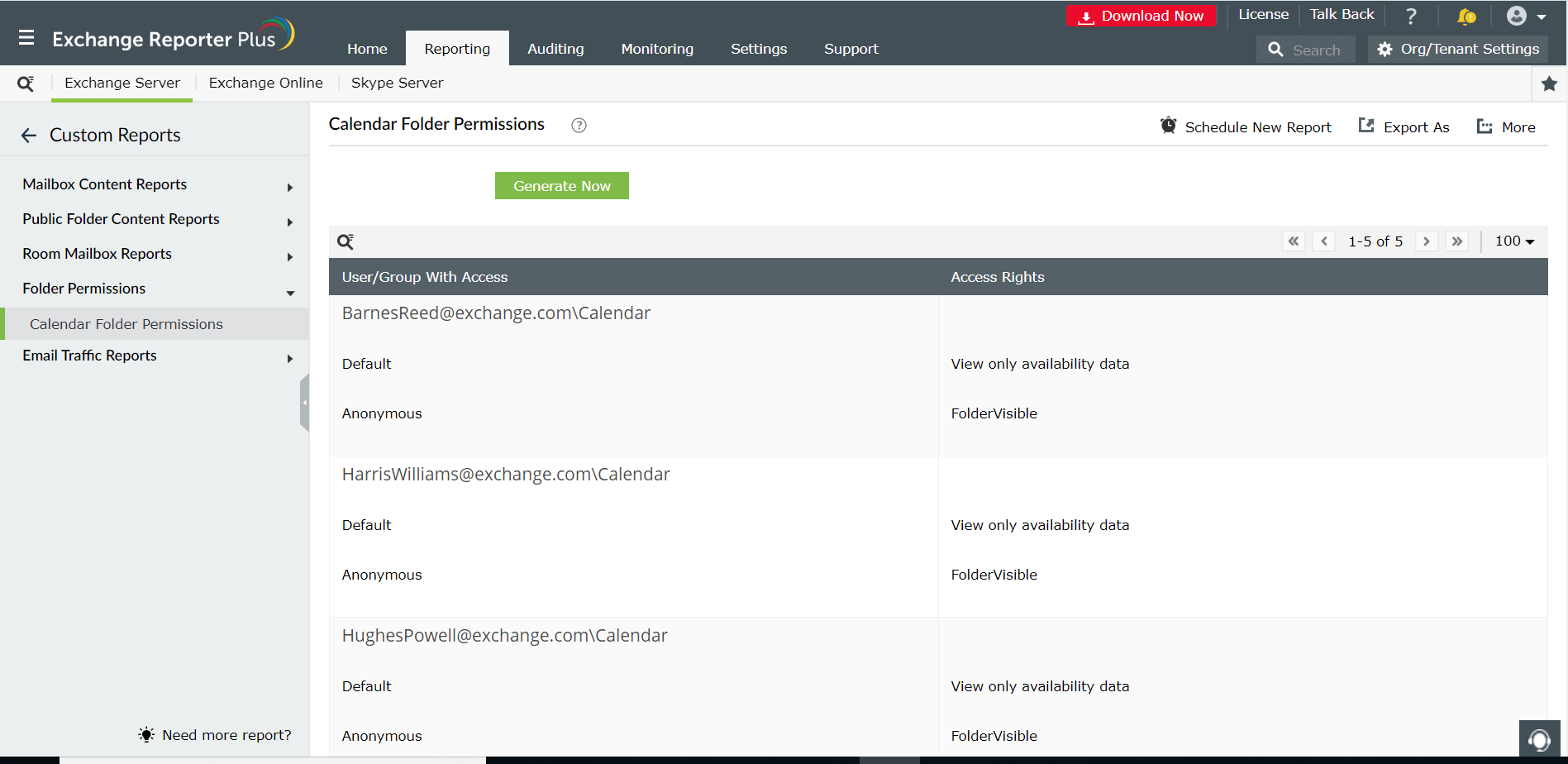

When file access needs to be adjusted later on, would you rather make one change to the relevant permission group or change the settings for dozens of individual users? Exactly. But it’s still a lot easier than trying to keep track of thousands of individual permissions. Yes, it takes time and effort to create and manage the global user groups and local permission groups required to implement Microsoft’s AGDLP principle. This quick fix might save time in the moment, but inevitably comes back to bite you when you need to change or review permissions. The number 1 mistake admins make is assigning NTFS permissions directly to users instead of managing access through groups. This gives you more granular control and helps avoid conflicts between the two permission types.

Since NTFS permissions offer more fine-grained options for access control, it is recommended to leave Share permissions on a high level (Full Control for admins and Change for normal users) and define the actual permission level using the NTFS system. Of course, Share Permissions only apply when access is made through through the network. The more restrictive permission takes priority, so if the Share Permission is set to Change and NTFS is set to Read, the user will only be able to read the file. Here’s the short version: You can combine Share Permissions and NTFS Permissions to manage file shares. In order to manage permissions for Windows networks effectively, it’s important to understand the relationship between NTFS and Share Permissions. Includes options such as Read Attributes, Create Files, Delete Subfolders and Files or Traverse Folder. Special permissions: Additional permissions available through the Advanced Security Settings in the Windows file system.

Write: Users can add new files and folders and write to existing files. Read: Can see folder contents and also open the files and folders in question. An important setting for navigating to deeper levels in the folder structure. List folder contents: Allows the user to see files and directories contained within a folder. Read & Execute: Can view folder contents and run programs or scripts. Also allows for the deletion of the folder itself. Modify: The user can see, read, execute, write and delete files. Full Control: Grants complete access, including the ability to see, read, write, execute and delete files or folders, as well as change permission settings for all subdirectories.


 0 kommentar(er)
0 kommentar(er)
